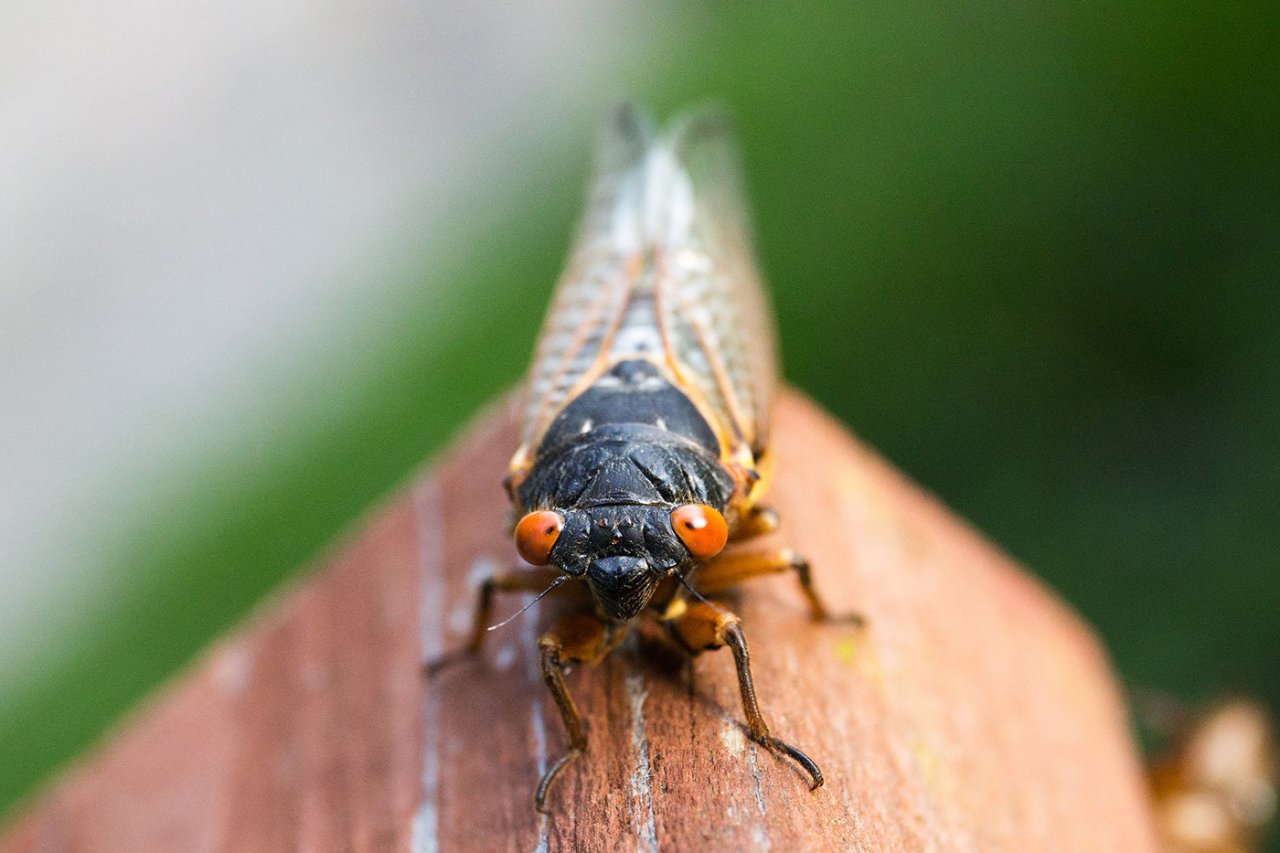
2021: The Year of The Cicadas

For the past 17 years periodical cicadas have been growing underground and feeding on the sap from tree roots. These periodical cicadas, known as Brood X, will emerge from the ground, climb to the nearest tree, and molt for the final time before taking to the skies.
Their exact date of emergence is unknown, they wait until after the last freeze to make there move. To be exact, once the underground soil reaches 64 degrees you will see small mounds start to rise in your yard and out they will come. Once above ground the cicadas sit fairly dormant for three to five days as their exoskeleton and wings harden and they mature enough to do their adult business. Once ready they will stick around for a total lifespan of six weeks. Cicadas are typically just a nuisance to have around due to their deafening sound, and actually do provide some useful benefits. For example, the holes from newly hatched cicadas is similar to providing aeration to your yard helping to water trees and grass at a deeper level. Once dead the cicadas decompose into the ground which can benefit your trees and surrounding plants the following year. Lastly, they provide an additional food source to animals such as birds and racoons. However, there are a few things to keep in mind. When female cicadas emerge, they'll look for areas to lay their eggs -- typically towards the edge where new leaves are located. They plant 10-20 eggs in one spot and then move to the next, in total they will plant 500 eggs. While this doesn't typically affect your mature trees, it can sometimes harm the younger ones, so here are some things that you can do:
Use cheese cloths, foil tape, barrier or sticky tape around your tree trunks and where the twigs meet the branch.
You can also place landscaping nets around smaller trees to prevent the cicadas from landing on the branches.
Spray the cicadas with a garden house to get them off of your trees.
Wait until the fall to plant your new trees
Some methods to avoid in order to get rid of the cicadas include:
Using pesticides on or around your yard. Pesticides have no effect on migrating populations, such as the cicadas.
Covering plants with essential oils to prevent them from landing. It would take loads of essential oils and a lot of maintenance in order to ward off cicadas.
Applying bleach in your landscaping. Bleach can slow plant growth, kill plants and leach into the soil, causing longer-term damage.
At the end of the day, cicadas are mostly just annoying to having buzzing around in your yard, and are only here for 6 short weeks. Yes, cicadas can cause harm to your younger trees, but with minimal mitigation effort all your landscaping will flourish throughout the season.
See more posts...


4 Thoughts When Considering Where To Put Your Fire Pit
